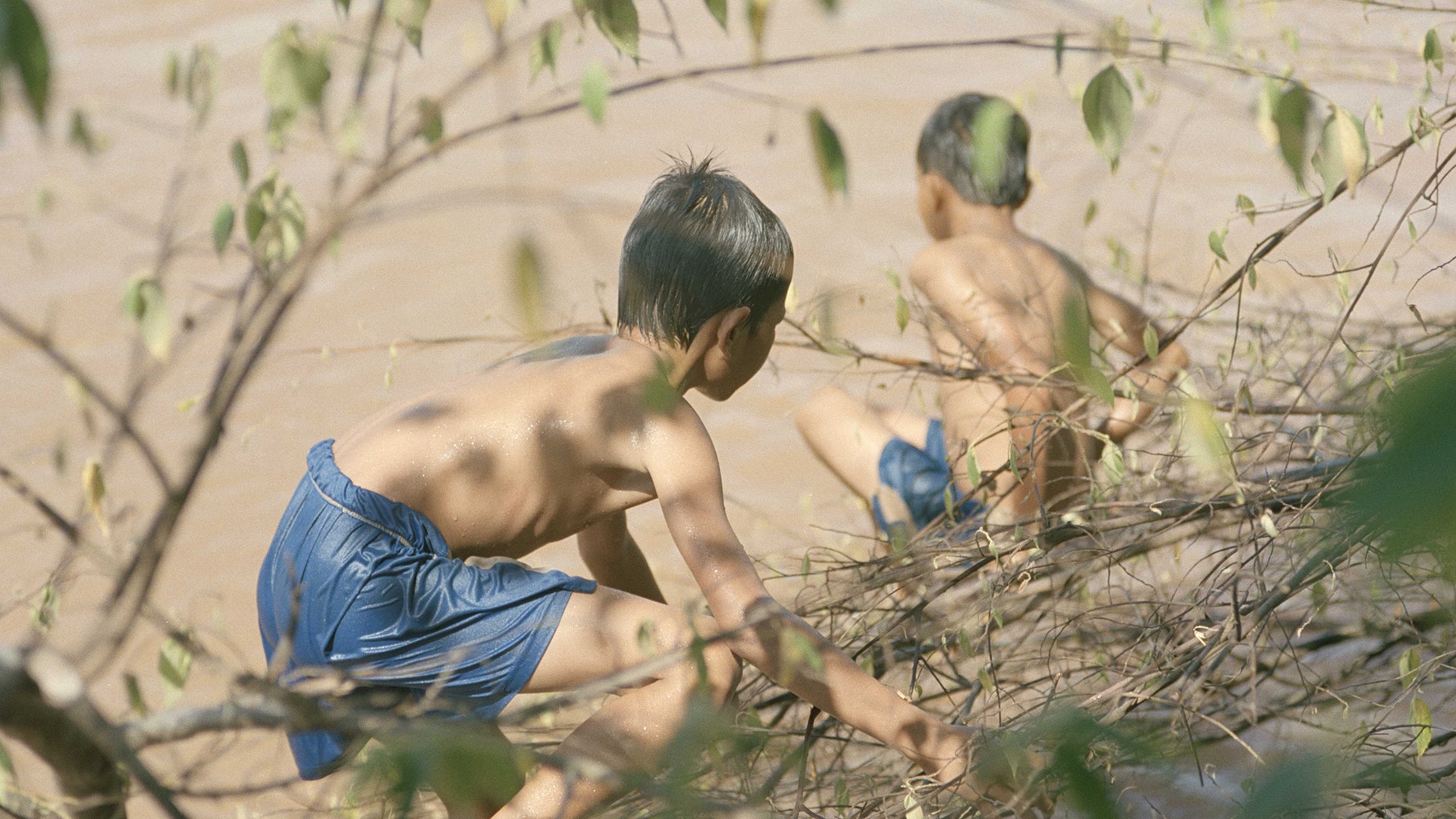With her UXO series, the photographer explores the danger of explosives left over from the Vietnam War. Residents of non-cleared areas continue to face the threat of being injured or killed by an explosion. Margaux Senlis traveled to Vietnam, as well as to Laos and Cambodia, to embark on a photographic investigation exhibited as part of the Circulation (s) festival in Paris.

You’re getting blind.
Don’t miss the best of visual arts. Subscribe for $9 per month or $108 $90 per year.
Already suscribed ?



